GDP growth, relative to pre-Covid levels, to double to 8.0% in Q2 FY2023: ICRA
ICRA highlighted that GDP growth is expected to double to ~8.0% in Q2 FY2023 from 3.8% in Q1 FY2023, when compared to the pre-Covid levels of 2019, even though a normalising base is expected to moderate the year-on-year (YoY) growth performance (to 6.5-7.0% from 13.5%, respectively).
Ms. Aditi Nayar, Chief Economist, ICRA Ltd said: “India’s economic activity rebounded in August 2022, as evidenced by a pick-up in the ICRA Business Activity Monitor to 114.1 in August 2022, from the five-month low of 113.5 in July 2022. Moreover, the YoY growth of the ICRA Business Activity Monitor rose to 11.4% in that month from 10.9% in July 2022, with an underlying improvement in nine of the 16 constituent indicators. Encouragingly, the index was a robust 16.6% higher than the pre-Covid levels in August 2022, the highest in FY2023 so far. This was also the widest expansion since the pandemic started, with as many as 11 indicators reporting volumes above their pre-Covid levels.”
“The ongoing decline in global commodity prices offers some relief for business margins, and the sustained recovery in services demand and signs of inventory build-up prior to the festive season are encouraging. However, the YoY lag in kharif sowing and flagging external demand imbue some caution into the near-term outlook. On balance, we project the GDP expansion at 6.5-7.0% for Q2 FY2023, a base-effect led moderation from 13.5% in Q1 FY2023. Crucially, GDP growth is expected to rise to ~8.0% in Q2 FY2023 from 3.8% in Q1 FY2023, when compared to the pre-Covid levels of 2019, which is a more tangible signal of the ongoing, yet uneven recovery”, Ms. Nayar added.
The momentum of economic activity widened in August 2022 amid some moderation in rainfall, easing of supply-side issues like semi-conductor availability for the auto sector, and pre-festive accumulation of inventories, even as the slowdown in external demand continued to act as a dampener. In YoY terms, the performance of nine of the 16 high frequency indicators, including the generation of GST e-way bills, production of motorcycle and passenger vehicles (PV), vehicle registrations, consumption of finished steel, petrol and diesel, improved in August 2022 relative to July 2022. After easing for two consecutive months, the ICRA Business Activity Monitor rose by 0.6% in August 2022, better than the month-on month (MoM) trends seen in August 2021 (+0.2%) and August 2019 (-3.0%).
The early data for September 2022 is mixed so far. The all-India electricity demand witnessed a healthy surge in September 1-13, 2022 owing to the moderation in rainfall in the early part of the month. However, the average daily vehicle registrations have recorded a sharp MoM decline of ~7% in September 2022, so far. While the registrations are expected to pick-up during the Navratri season, the onset of 15-day Shradh period is likely to constrain overall retail volumes in the month.
ICRA is cautiously optimistic that the pre-festive stocking implied by the record-high generation of GST e-way bills in August 2022 is an indication of a revival in confidence and imminent improvement in demand for goods. This, in conjunction with the favourable impact of the softening commodity prices, is a positive development ahead of the festive season.
The ICRA Business Activity Monitor is a composite indicator that comprises auto production (two-wheelers and PVs), vehicle registrations, output of Coal India Limited, power generation, rail freight traffic, non-oil merchandise exports, cargo handled at major ports, consumption of petrol and diesel, finished steel consumption, generation of GST e-way bills, domestic airline passenger traffic, aggregate deposits and non-food credit of scheduled commercial banks.



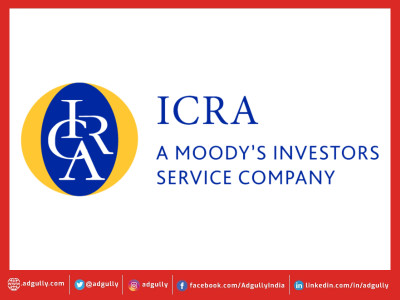

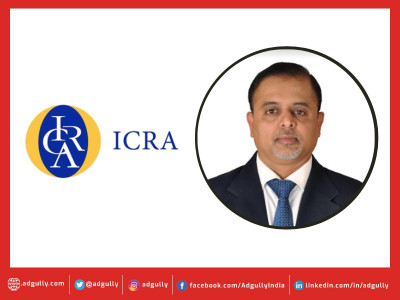
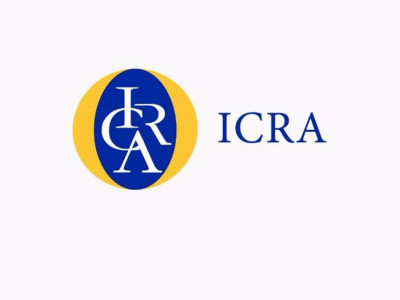
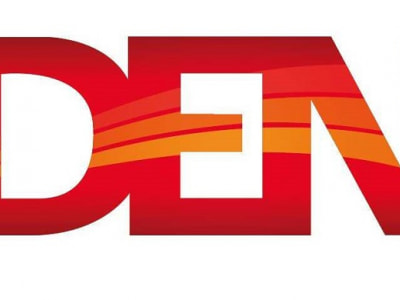


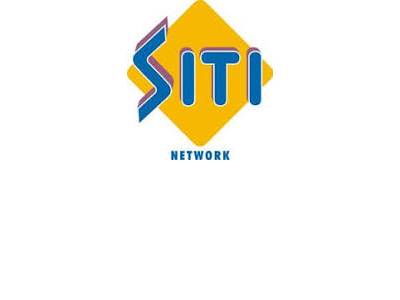
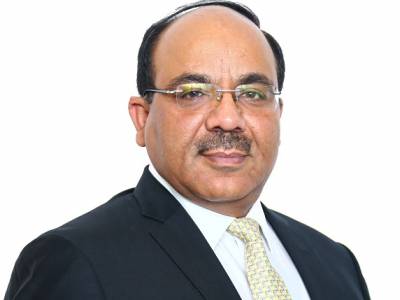


Share
Facebook
YouTube
Tweet
Twitter
LinkedIn